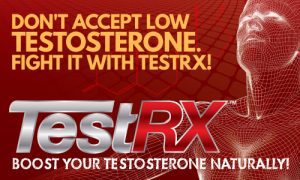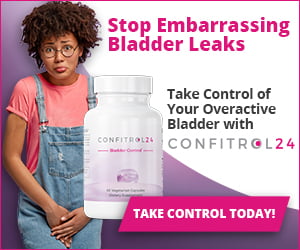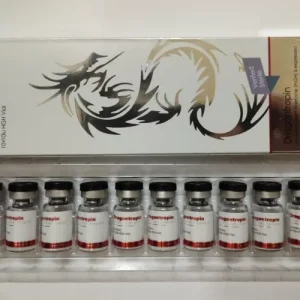Steroids
The Ultimate Guide to Safe Steroid Injection
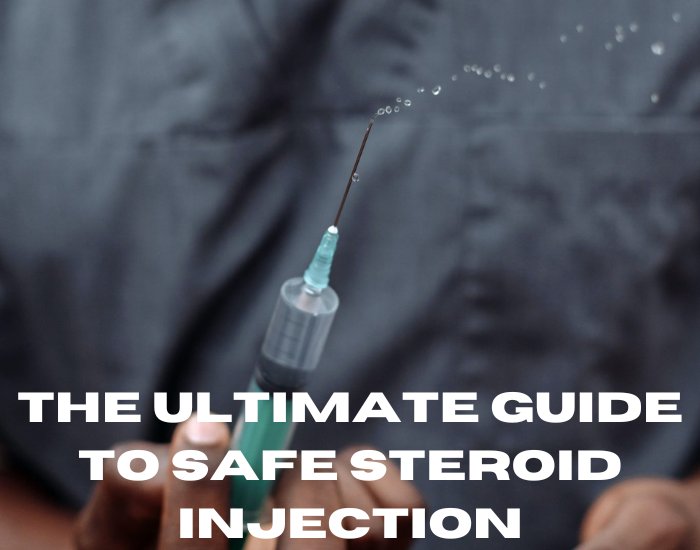
Death by lethal injection is a medical procedure to execute death row criminals. However, a bodybuilder using injectable steroids can also meet the same fate if you do not administer steroids properly, not from the drug, but from the air you leave behind in the vein. It is important to note that not everyone can administer steroids properly by injection. One risks leaving the air in the vein if they're not careful. Such a mistake might turn out to be fatal in the long term. In the ultimate guide to safe steroid injection, we shall look at the proper way to inject steroids without leaving the air in the vein.
Disclaimer: The information in the ultimate guide to safe steroid injection herein does not represent the thoughts of whatsteroids.com. These are the opinions of contributing individuals who have done independent research on the subject. Please consult your doctor before performing any medical procedure mentioned in this article.
Types of Steroid Injections
These are the two main types of injections for people who want to inject steroids directly into the bloodstream;
- Intramuscular injection
- Intravascular injection.
Intramuscular Injection
Medically, drug administration through injection of the muscle is an intramuscular injection. The method is not popular; it suits people with certain medical conditions like rheumatoid arthritis and muscular sclerosis to administer steroids properly. Intramuscular injection is an alternative to intravascular injection. The muscle has a rich supply of blood vessels. A bodybuilder who wants to take this route must know that they can only use it if:
- They cannot locate the vain to which to deliver the steroid
- There is an issue with their digestive system, which would render the steroids ineffective
- There is a possibility that the drug could irritate if delivered to the vain
If the bodybuilder does not have any of the conditions mentioned above, they can proceed to inject the steroid into the vein.
Intravenous Injections
Intravenous steroid injections involve delivering steroids into the vein. Steroids vary in potency, hence the different methods to take them. Do not administer steroids properly into a blood vessel for several reasons. However, most bodybuilders prefer this method because of the following reasons:
- The drug gets into the bloodstream quickly and gives equally fast results, unlike taking it orally
- It is the most effective method where one needs more doses of the steroid over a long period
- It allows the administration of accurate doses
Air Embolism
Air embolism is a term used to refer to the accumulation of air bubbles in the vein or artery upon injection. The bubbles could block the vessel or damage parts of the circulatory or respiratory system, sometimes fatally. Once the air bubble forms, it travels to one of the vital organs, such as the heart, brain, or lungs. It could then cause a stroke, among other complications.
The bubble forms during injection and could be due to not using the catheter or syringe. Sometimes its formation is purely accidental. How does the bubble form exactly? We have been answering this in the ultimate guide to safe steroid injection. One of the blood vessels near the surface could get exposed if you do not administer steroids properly, and the pressure outside pushes air into it, thus forming an air bubble.
Air embolism has everything to do with the wrong steroid administration through injection. It could also be due to a damaged vein or artery. You must do the injection as carefully as possible to avoid this problem. We have prepared tips for you to ensure the process is smooth, from the equipment to the injection procedure.
Related Article:: Are Bodybuilding Supplements Tainted With Steroids?
The Equipment
Bodybuilders who resort to taking steroids through intravascular injection must use the right equipment to reduce the risk of doing it wrong. There is a variety of equipment for intravenous steroid injections you need to know. The nature of the equipment used depends on the type of steroid you want to administer. It also depends on the dosage period and the urgency. Here is some equipment you might require.
Syringe – this is the equipment required to administer steroids properly using this procedure. It pierces the skin and delivers the steroid to the bloodstream along the vein.
Tourniquet – this equipment identifies a suitable vein to deliver the steroid.
Access cap- depending on how you want to deliver the steroid, you could use an access cap that opens while administering the drug and closes when done.
Local anesthetic – the pain from injecting a steroid into a vein could be unbearable. In such a case, you will need a local anesthetic to numb the site before injecting it.
Imaging machines – you may need this equipment to ensure the central line is correct.
Intravenous bags and lines – these deliver the drug through infusion
A catheter – is a tube that keeps the vein open while administering the steroid.
The location of blood vessels is addressed in the ultimate guide to safe steroid injection when injecting steroids. Two kinds of blood vessels run through our bodies; peripheral and internal vessels. We shall look at how to administer steroids properly in each vessel.
Peripheral line Steroid Injection Procedure
While most people prefer using the services of a medic to inject steroids, some prefer doing it themselves. Nevertheless, you must follow the correct procedure to avoid problems where there are none. Here is a summary of how to inject steroids into the vein peripherally.
- Inject a clean, sterilized needle into the vein
- Push the catheter into the vein
- Remove the needle slowly and leave the catheter in place
- Deliver the first dose into the catheter and cover it with an access cap to avoid re-injecting
Central Line Steroid Injection Procedure
Medics can locate blood vessels deep inside the body using X-rays and other imaging devices. Our veins of interest in this regard are those found along the torso.
Also Read:: Your Guide to Become a Successful Personal Trainer
Delivering Into Various Central Lines
- Percutaneous central venous catheter – you can deliver the steroid into an internal vein by inserting the catheter directly.
- Peripherally inserted central catheter – the steroid goes towards the heart by feeding it from near the surface.
- Tunneled line – the needle goes under the skin and delivers the drug a distance from the vein.
- Port – a small reservoir is implanted under the skin and delivers the steroid into the central vein. The port is covered in silicone and allows various doses there.
Suitable Sites
You can inject the steroid into different sites, but only a couple of them are ideal for the procedure to be effective. Additionally, the dosage period determines the most appropriate place for an injection. For instance, the forearm (elbows, wrist, back of the hand, and upper surface of the foot) are the ideal spots for short-term IV lines.
In case of an urgent need for the drug, the vein found in the neck is the most appropriate. Remember that all central lines feed into the vena cava - the main vein that carries blood to the heart.
Signs and Effects
Air embolism manifests itself in several ways:
Bruising – pockets of air left inside cause sustained damage to the vein. Bruising is when blood looks out from the damaged vein.
Inflammation – the region around the vein shows signs of inflammation, as experienced by 30% of injectable steroid users.
Infection – this advanced stage of air embolism involves bacteria from the skin's surface finding their way into the vein through the catheter.
Irritation – the area could swell and show signs of pain or discoloration.
Extravasation is where the neighboring tissues get damaged due to blood and air leakages from the damaged vein.
Other issues associated with air embolism include blockages and clots.
Diagnosis and Treatment
It is now easy to identify air in blood vessels due to advanced imaging machines such as ultrasounds and CT scans. These devices monitor airway sounds, blood pressure, breathing rate, and heart sounds, The exact location of the bubble is then identified, and take appropriate measures.
Consider a range of treatment options before settling on the most appropriate. Treatment should achieve any or all of the following objectives:
- Resuscitate the patient if they have passed out
- Stop the source of embolism
- Prevent embolism from damaging parts of the body
Here are some treatment options for the condition:
- Put the patient in a sitting position to prevent the bubble from traveling to vital organs such as the brain, heart, or lungs.
- Take drugs such as adrenaline to keep the heart pumping
- Perform surgery to remove the bubble if the situation demands so
- Perform hyperbaric oxygen therapy in a high-pressure steel room that delivers 100% oxygen. The air bubble shrinks and gets absorbed into the bloodstream.
Read:: Dosing of Oral Turinabol for Men
Overall
Air embolism from steroid injection could be fatal if you do not take appropriate measures to treat it. However, it is better to prevent it than treat it when the damage has happened. Ensure to follow the drug administration procedures mentioned. Alternatively, consult your doctor first to be on the safe side. It would also help to inquire about safe steroid use from experienced bodybuilders who have been doing it without encountering this condition. Don't forget to check for more informative articles on our blog for safe, successful bodybuilders to administer steroids properly. Hopefully, the ultimate guide to safe steroid injection was helpful.
Interesting Read:: How Bodybuilders Work On Tight Waist With Growing Age
Steroids
Decoding IGF-1 LR3: A Guide to its Benefits
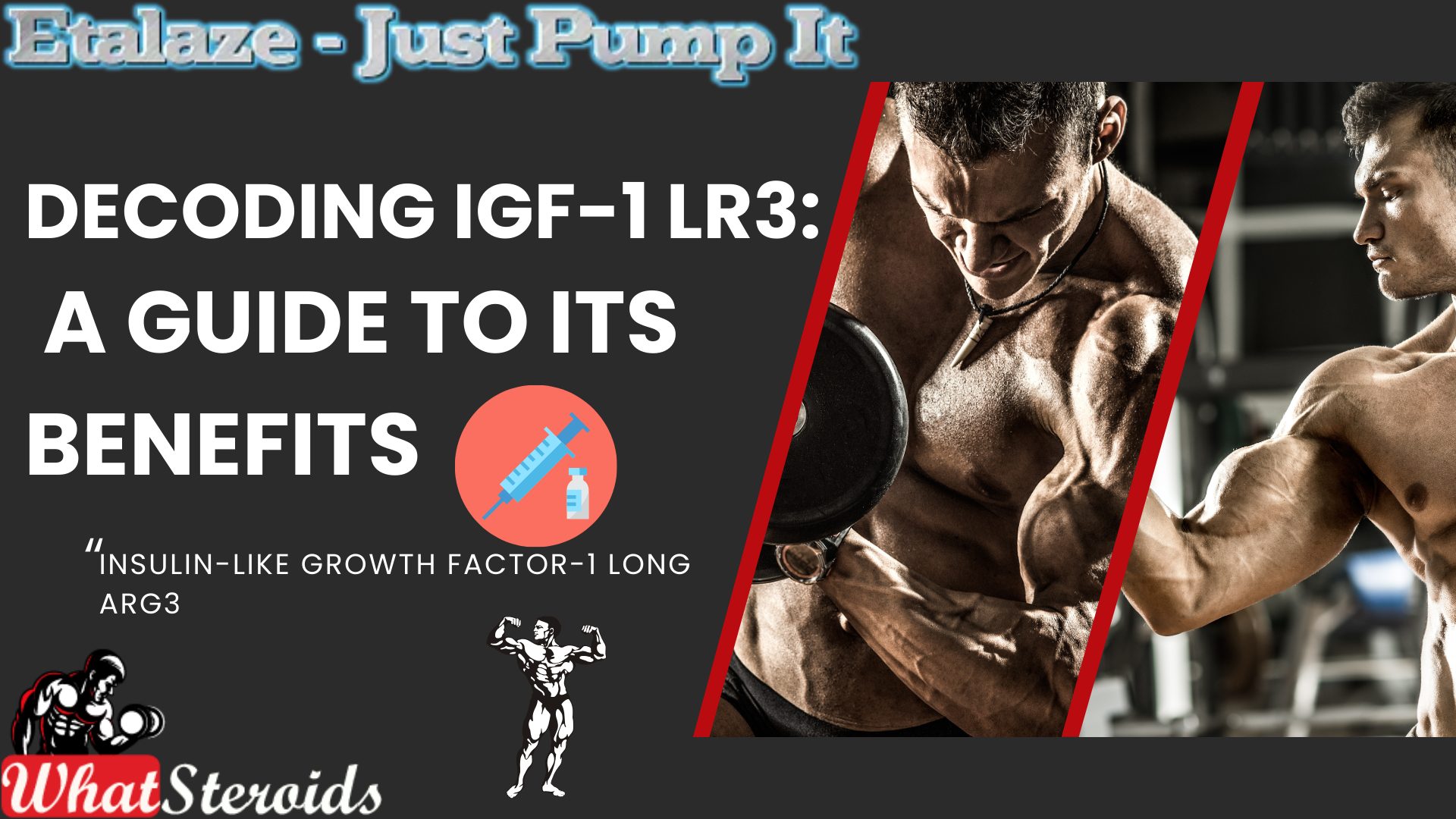
IGF-1 LR3 (Insulin-like Growth Factor-1 Long Arg3) is a synthetic variant of IGF-1, a hormone produced by the liver in response to growth hormone (GH). Unlike GH, which works indirectly, IGF-1 directly facilitates the growth and repair of muscle cells.
Related Article: Ostarine for Beginners; The Ultimate Guide
This modified version of IGF-1 is engineered to avoid binding with IGF-binding proteins, extending its half-life to 20–30 hours. As a result, it remains active in the body significantly longer than natural IGF-1.
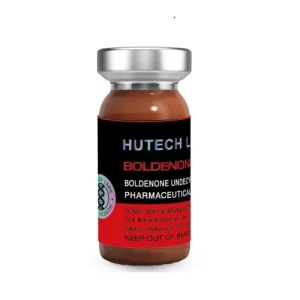 Click here to BuyBoldenone 300 by Hutech
Click here to BuyBoldenone 300 by Hutech
Many performance athletes incorporate IGF-1 LR3 post-workout to enhance muscle growth, speed up recovery, and support fat loss. When injected into specific muscle groups, it often produces localized effects. Additionally, it helps with nutrient distribution and, in some cases, improves insulin sensitivity.
On the other hand, human growth hormone (HGH) operates more broadly and indirectly, stimulating the liver to produce IGF-1 and offering more systemic benefits such as improved skin health, joint support, and fat reduction, albeit at a slower pace.
Typical IGF-1 LR3 doses range from 20–50 mcg daily, administered subcutaneously or intramuscularly, often following a workout.
Key Features of IGF-1 LR3
Enhanced Bioavailability: It avoids binding with IGF-binding proteins, increasing its potency.
Muscle Growth & Repair: Directly stimulates muscle cell proliferation and differentiation.
Improved Nutrient Distribution: Helps shuttle nutrients into muscle cells, supporting recovery.
Potential Fat Loss Benefits: Some users report improved insulin sensitivity and fat metabolism.
Mechanism of Action
IGF-1 LR3 interacts with IGF-1 receptors on muscle cells, activating pathways like PI3K-AKT and MAPK, which are crucial for cell growth and regeneration. This makes it a powerful tool for bodybuilders and athletes looking to optimize recovery and muscle development.
What Are the Top 10 Alternatives to IGF-1 LR3?
Here are some of the top alternatives to IGF-1 LR3, each with unique benefits for muscle growth, recovery, and performance:
BPC-157 – Known for its regenerative properties, it enhances healing and tissue repair.
CJC-1295 – A growth hormone-releasing peptide that boosts GH levels for muscle development.
Ipamorelin – Stimulates GH release with minimal side effects, making it a safer option.
MK-677 (Ibutamoren) – A potent GH secretagogue that promotes muscle growth and fat loss.
Sermorelin – Encourages natural GH production, supporting recovery and lean muscle gains.
Tesamorelin – Primarily used for fat loss, but also aids in muscle preservation.
Follistatin-344 – Inhibits myostatin, allowing for increased muscle hypertrophy.
PEG-MGF (Pegylated Mechano Growth Factor) – Enhances muscle repair and growth post-exercise.
GHRP-6 – Stimulates appetite and GH release, supporting muscle mass gains.
GHRP-2 – Similar to GHRP-6 but with fewer hunger-related side effects.
Each of these peptides has distinct mechanisms and benefits.
Must Read: Are Nootropics a Better Option to AAS?
Potential Risks Associated With IGF-1 LR3
IGF-1 LR3 comes with several potential risks, especially for bodybuilders using it to enhance muscle growth. Here are some key concerns:
Hypoglycemia (Low Blood Sugar) – IGF-1 LR3 increases glucose uptake in muscle cells, which can lead to dangerously low blood sugar levels if not managed properly.
Organ Growth – Since IGF-1 affects all tissues, excessive use may lead to unwanted growth in organs, increasing health risks.
Cancer Risk – IGF-1 plays a role in cell proliferation, and elevated levels have been linked to an increased risk of certain cancers.
Water Retention & Edema – Some users experience bloating and fluid retention, which can affect performance and aesthetics.
Joint Pain & Stiffness – Excessive IGF-1 levels may contribute to joint discomfort due to increased tissue growth.
Cardiovascular Issues – There is some concern that IGF-1 LR3 could contribute to heart enlargement or other cardiovascular complications.
Desensitization – Long-term use may reduce the body's natural IGF-1 production, leading to dependency
Overall
IGF-1 LR3's ability to bypass IGF-binding proteins makes it more potent but also increases the likelihood of desensitization with prolonged use. For those considering it, careful dosing and monitoring are crucial to mitigate side effects.
Steroids
AOD-9604: The Fat-Burning Peptide Explained
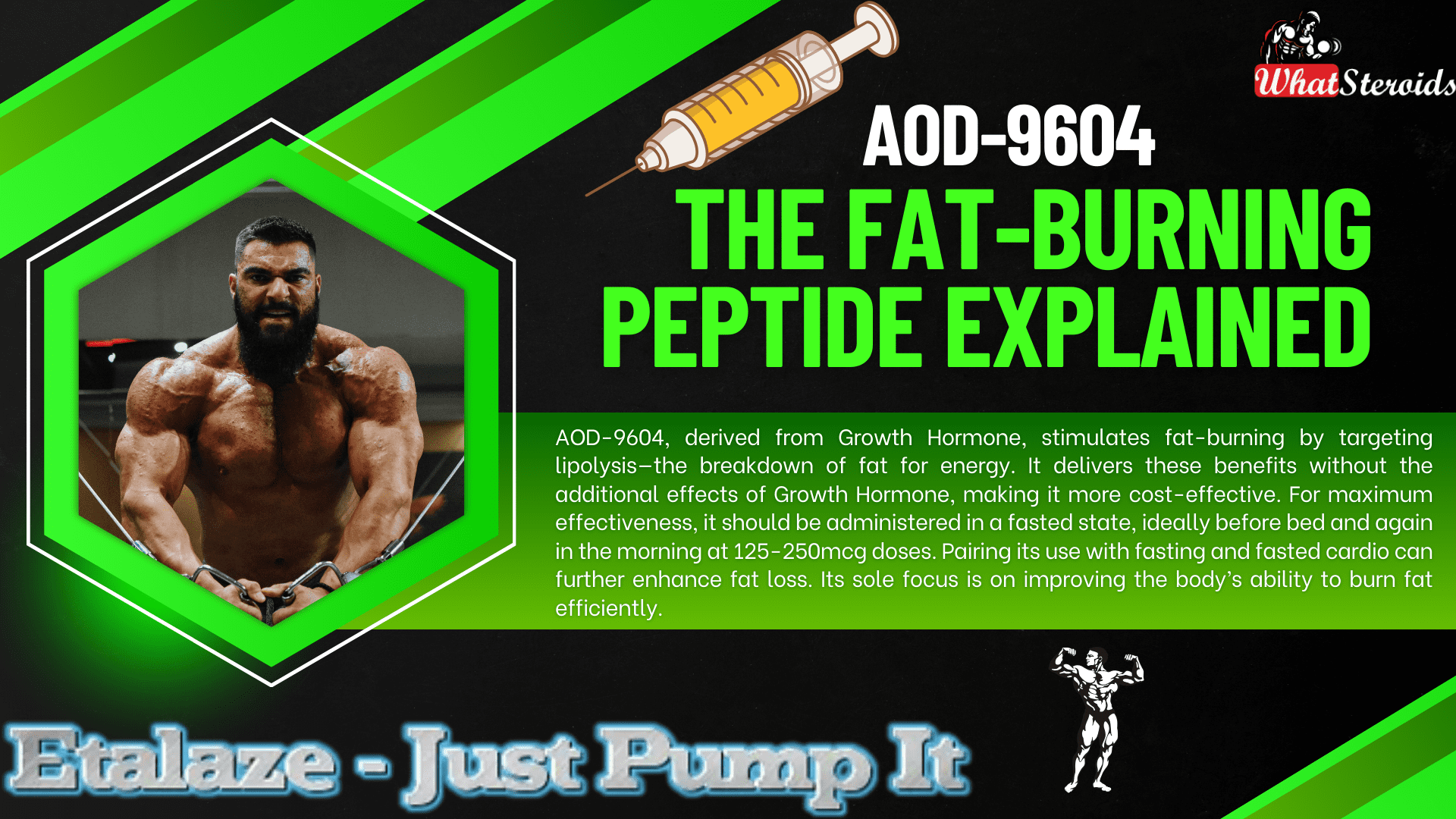
AOD-9604, along with the similar HGH Frag 176-191, is a peptide derived from Growth Hormone that includes only the amino acids in HGH responsible for stimulating fat breakdown, known as lipolysis.
This means that these peptides offer the fat-burning benefits of HGH without its other effects—whether beneficial or adverse—and come at a lower cost.
Related Article: Anavar Cycle for Men and Women
Lipolysis refers to the process where fat cells are broken down to be utilized as energy. AOD-9604 promotes accelerated fat loss by increasing the body's use of fat as fuel.
For optimal results, the peptides should be used in a fasted state. AOD-9604 and Frag 176-191 are most effective when administered at a dose of 125-250mcg before bedtime (at least 3-4 hours after eating) and in the morning at the same dose, followed by a fasting period of 3-4 hours, ideally combined with fasted cardio.
Check Out Dragontropin HGH 100 IU by Dragon Pharma
Similar Peptides with Fat-Burning Effect
Here’s a list of 10 peptides similar to AOD-9604, each with a brief description:
Ipamorelin: A growth hormone-releasing peptide (GHRP) that stimulates the natural release of growth hormone, promoting fat loss, muscle growth, and improved recovery without affecting other hormones like cortisol or prolactin.
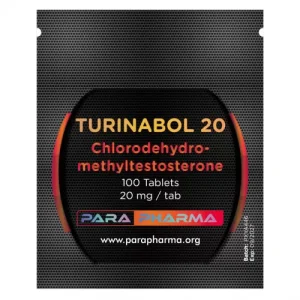 Click Here to Buy: Turinabol 20 by Para Pharma
Click Here to Buy: Turinabol 20 by Para Pharma
CJC-1295: A peptide that increases growth hormone and IGF-1 levels, aiding in fat loss, muscle gain, and improved sleep quality. It has a long half-life, making it convenient for users.
HGH Frag 176-191: A fragment of human growth hormone specifically designed for fat-burning. It targets adipose tissue without the broader effects of full-length HGH.
Tesamorelin: Known for reducing visceral fat, this peptide stimulates the release of growth hormone and is often used for weight management and metabolic health.
BPC-157: While primarily known for healing and recovery, BPC-157 can support fat loss indirectly by improving gut health and reducing inflammation.
Melanotan II: Originally developed for skin tanning, it also has appetite-suppressing properties, making it useful for weight management.
Thymosin Beta-4 (TB-500): Focused on healing and recovery, it can enhance physical performance and indirectly support fat loss through improved activity levels.
GHRP-6: A growth hormone-releasing peptide that boosts appetite and metabolism, aiding in muscle growth and fat loss.
Semaglutide: A GLP-1 receptor agonist that regulates appetite and blood sugar levels, making it effective for weight loss and metabolic health.
MK-677 (Ibutamoren): A growth hormone secretagogue that increases growth hormone and IGF-1 levels, promoting fat loss, muscle gain, and improved recovery.
List of Peptides With a Counteractive Effect Bodybuilders Must Avoid
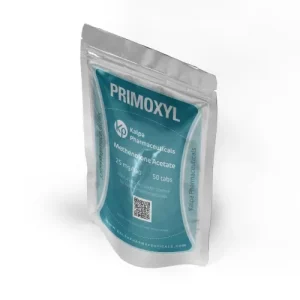 Click Here to Buy Primoxyl 25 by Kalpa Pharmaceuticals
Click Here to Buy Primoxyl 25 by Kalpa Pharmaceuticals
Some peptides can inadvertently lead to fat gain due to their effects on metabolism and appetite regulation. Here are a few that bodybuilders might want to avoid or use cautiously:
- GHRP-6 – While it stimulates growth hormone release, it also significantly increases appetite, which can lead to excess calorie consumption and fat gain.
- IGF-1 LR3 – This peptide enhances muscle growth but can also promote fat storage if not carefully managed with diet and training.
- MK-677 (Ibutamoren) – Though technically a growth hormone secretagogue rather than a peptide, it boosts GH levels but often leads to increased hunger and potential fat accumulation.
- CJC-1295 with DAC – While effective for muscle growth, its prolonged GH release can sometimes lead to unwanted fat retention if not paired with a strict diet
Overall
AOD-9604, derived from Growth Hormone, stimulates fat-burning by targeting lipolysis—the breakdown of fat for energy. It delivers these benefits without the additional effects of Growth Hormone, making it more cost-effective. For maximum effectiveness, it should be administered in a fasted state, ideally before bed and again in the morning at 125-250mcg doses. Pairing its use with fasting and fasted cardio can further enhance fat loss. Its sole focus is on improving the body’s ability to burn fat efficiently.
Read More: How Much Do You Know About B-AET? A Fat Burner You’ve Been Missing
Bodybuilding
Understanding Trenbolone-Induced Cough (“Tren Cough”)

Trenbolone, a potent anabolic steroid, can sometimes cause “tren cough”—a sudden and intense coughing episode shortly after injection. Although not exclusive to Trenbolone, it is more commonly associated with this substance due to its highly irritant nature.
 Click Here To Buy 1-Test Cyp 100 by Nakon Medical
Click Here To Buy 1-Test Cyp 100 by Nakon Medical
Mechanisms Behind Tren Cough
Solvent and Carrier Irritation
Trenbolone formulations often include volatile solvents like benzyl alcohol or benzyl benzoate, which may irritate lung tissues when absorbed quickly into systemic circulation.
Prostaglandin Release
Trenbolone promotes increased production of prostaglandins, particularly PGF2α. This compound triggers contraction in the smooth muscles of the lungs, leading to bronchoconstriction and coughing.
Micro-Oil Embolism
Tiny oil droplets from an injection can reach capillaries and travel to the lungs, causing mild embolic reactions that lead to temporary oxygen deprivation and coughing.
Histamine and Mast Cell Activation
For some individuals, Trenbolone triggers histamine release and mast cell activation, mimicking an allergic response and causing bronchospasms and cough reflexes.
Related Article: Best Syringes for Steroid Injection on Amazon
Using Salbutamol (Albuterol) to Manage Tren Cough
- Salbutamol, a widely-used β2-adrenergic receptor agonist, can alleviate tren cough symptoms by:
- Relaxing bronchial muscles, easing spasms that cause coughing.
- Inhibiting prostaglandin effects, reducing bronchoconstriction associated with PGF2α.
- Opening airways, preventing severe respiratory restrictions in susceptible individuals.
Application Methods
Inhaler (Optimal)
Take 1–2 puffs of salbutamol (100–200 mcg) 5–10 minutes before a Trenbolone injection. If coughing occurs afterward, additional puffs can swiftly resolve the issue.
Oral Tablets (Moderate)
Consuming 2–4 mg tablets 30–60 minutes before injection offers slower, longer-lasting relief but may be less effective than inhalation methods.
Nebulizer (Severe Cases)
For individuals with frequent episodes, nebulized doses of 2.5 mg salbutamol can provide substantial relief.
Preventive Measures to Reduce Tren Cough Risk
- Inject slowly to minimize systemic absorption and irritant effects.
- Split doses to lower reaction severity with smaller quantities.
- Opt for ventrogluteal injection sites, which have fewer blood vessels, reducing oil embolism risk.
- Choose lower-concentration solutions to lessen irritation, as higher concentrations (e.g., Tren Ace 200 mg/ml) are more likely to provoke reactions.
What Other Steroids Can Induce Coughing?
Here's a curated list of peptides, SARMs, and PEDs that may potentially cause coughing or respiratory irritation in bodybuilders and fitness enthusiasts:
Peptides
IGF-1 LR3 (Insulin-like Growth Factor): Known for its anabolic effects, IGF-1 LR3 can occasionally cause mild respiratory irritation due to systemic absorption.
TB-500 (Thymosin Beta-4): While rare, improper injection techniques or high doses may lead to transient coughing episodes.
GHRP-6 (Growth Hormone-Releasing Peptide): This peptide can stimulate histamine release, potentially leading to bronchospasms and coughing.
SARMs (Selective Androgen Receptor Modulators)
RAD-140: (Testolone) Some users report throat irritation or coughing, often attributed to solvents used in liquid formulations.
YK-11: Known for its myostatin-inhibiting properties, YK-11 may cause mild respiratory discomfort in sensitive individuals.
LGD-4033 (Ligandrol): Though uncommon, some users experience coughing due to carrier solvents or allergic-like reactions.
PEDs (Performance-Enhancing Drugs)
Boldenone Undecylenate (Equipoise): This injectable steroid can cause “Equipoise cough,” similar to tren cough, due to oil embolism or irritant solvents.
Testosterone Suspension: The water-based formulation may lead to coughing episodes if injected improperly or absorbed rapidly.
Nandrolone Decanoate (Deca-Durabolin): While less common, coughing can occur due to histamine release or systemic irritation.
More Tips to Minimize Coughing Risks
- Use proper injection techniques to avoid embolic reactions.
- Opt for lower-concentration solutions to reduce irritant effects.
- Consider antihistamines or bronchodilators for individuals prone to respiratory sensitivity.
Read More: Joint Stiffness: How to Manage It While on AAS
Are There Alternatives to Cough-inducing Steroids?
Here are some alternatives to cough-inducing steroids that can provide similar anabolic effects while minimizing respiratory irritation:
Peptides
IGF-1 LR3 (Insulin-like Growth Factor)
Promotes muscle growth and recovery without the irritant properties of certain steroids.
TB-500 (Thymosin Beta-4)
Enhances tissue repair and reduces inflammation, making it a safer option for recovery.
BPC-157 (Body Protection Compound)
Known for its healing properties, it supports muscle repair and joint health.
SARMs (Selective Androgen Receptor Modulators)
RAD-140 (Testolone)
Provides significant muscle-building effects with fewer systemic side effects compared to traditional steroids.
LGD-4033 (Ligandrol)
Boosts lean muscle mass and strength without the risk of respiratory irritation.
MK-677 (Ibutamoren)
Stimulates growth hormone release, aiding in muscle growth and recovery.
Natural Alternatives
Turkesterone
A plant-based ecdysteroid that supports muscle protein synthesis and recovery.
Ecdysterone
Another natural compound that mimics anabolic effects without the harsh side effects.
Creatine Monohydrate
Enhances strength and muscle mass through improved energy production during workouts.
Other Options
Human Growth Hormone (HGH)
Promotes muscle growth and fat loss, though it requires careful monitoring due to potential side effects.
Testosterone Boosters
Natural supplements like D-Aspartic Acid or Tribulus Terrestris can help optimize testosterone levels for muscle growth.
SARMs Alternatives
Legal and safer versions of SARMs are available, offering similar benefits without the risks associated with traditional SARMs.
Overall
We have explored the phenomenon of "tren cough," a sudden, intense coughing episode often caused by Trenbolone injections due to factors like solvent irritation, prostaglandin release, micro-oil embolism, or histamine activation. Preventive measures such as using salbutamol (via inhaler, oral tablets, or nebulizer), injecting slowly, splitting doses, and opting for lower-concentration solutions were highlighted.
Additionally, alternative compounds to tren cough-inducing steroids were discussed, including peptides like IGF-1 LR3 and TB-500, SARMs such as RAD-140 and LGD-4033, and natural options like Turkesterone, ecdysterone, and creatine. These alternatives provide anabolic effects while minimizing respiratory side effects. The conversation also underscored the importance of proper injection techniques and thoughtful compound selection to reduce risks.
-

 Steroids2 years ago
Steroids2 years agoShavers and Other Body Grooming Equipment for Bodybuilders In 2023
-

 Steroids2 years ago
Steroids2 years agoChatGPT and Other Avenues to Find Great Bodybuilding Coaches
-

 Steroids2 years ago
Steroids2 years agoBest Oil Recommendations Before Competition for Subtle Shimmer
-

 Steroids2 years ago
Steroids2 years agoPowerlifting Vs Power Building: Find Out the Big Difference and When to Shift Between the Two
-

 Nutrition2 years ago
Nutrition2 years agoEverything Nutritional Food: What’s Too Much Or Too Little
-

 Bodybuilding Products1 year ago
Bodybuilding Products1 year agoTelmisartan In Bodybuilding: An Expert’s Advice
-

 Bodybuilding8 months ago
Bodybuilding8 months agoPrimal Movements: Our Ultimate Guide for Maximum Results
-

 Bodybuilding1 year ago
Bodybuilding1 year agoChia Seeds in A Bodybuilder’s Diet: An Expert’s Advice
-

 Anabolic Steroids10 months ago
Anabolic Steroids10 months agoJoint Stiffness: How to Manage It While on AAS
-

 Steroids1 year ago
Steroids1 year agoAnadrol Cycle: Benefits, Doses, Alternatives, etc.
-

 Anabolic Steroids1 year ago
Anabolic Steroids1 year agoLegality of Anabolic Steroids In Latin America
-

 Beginners2 years ago
Beginners2 years agoTren Cycle for Beginners
-

 Bodybuilding9 months ago
Bodybuilding9 months agoHow Effective is Bone Broth for Recovery?
-

 Steroids10 months ago
Steroids10 months agoOmnitope (Oxytocin)
-

 Bodybuilding1 year ago
Bodybuilding1 year agoHow Much Is Too Much Cardio? Understanding Heart Rate Zones
-

 Steroids9 months ago
Steroids9 months agoSleeping Positions for Effective Muscle Recovery
-

 Bodybuilding1 year ago
Bodybuilding1 year agoList of FDA-Approved Peptides
-

 Bodybuilding2 years ago
Bodybuilding2 years agoCompetition Prep Cycle for Pro Bodybuilders
-

 Bodybuilding1 year ago
Bodybuilding1 year agoCalorie Dumping: A Bodybuilder’s Guide
-

 Bodybuilding8 months ago
Bodybuilding8 months ago2nd Edition of Natural Bodybuilding Competition Facts
-

 Bodybuilding1 year ago
Bodybuilding1 year agoDemystifying Hypertrophy Training
-

 Bodybuilding9 months ago
Bodybuilding9 months agoAre Nootropics a Better Option to AAS?
-

 Anabolic Steroids12 months ago
Anabolic Steroids12 months agoHow Much Do You Know About B-AET? A Fat Burner You’ve Been Missing
-

 Steroids4 months ago
Steroids4 months agoOstarine For Beginners: The Ultimate Guide
-

 Product Reviews12 months ago
Product Reviews12 months agoTop Vitamins for Skin Health

